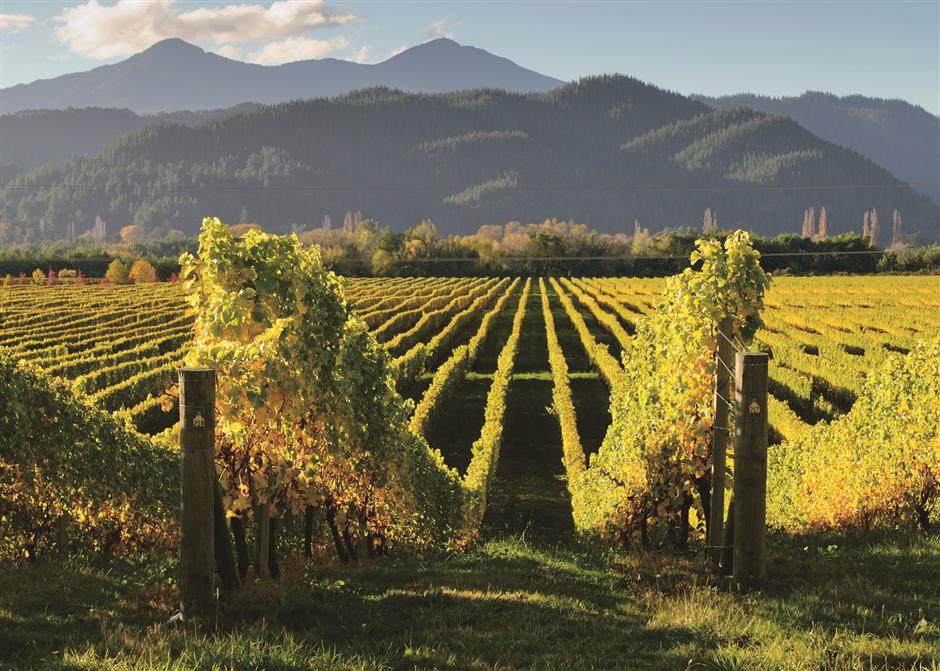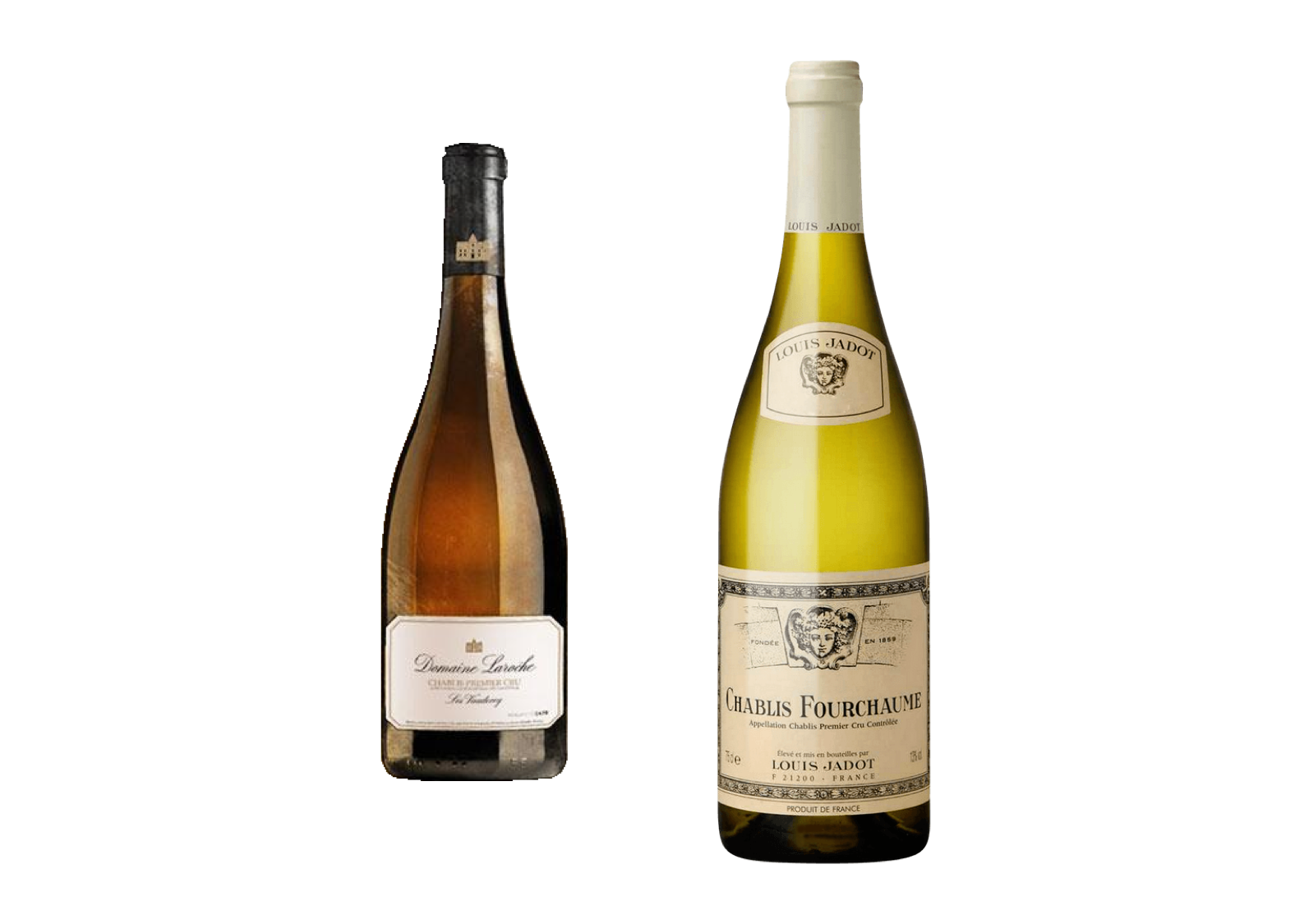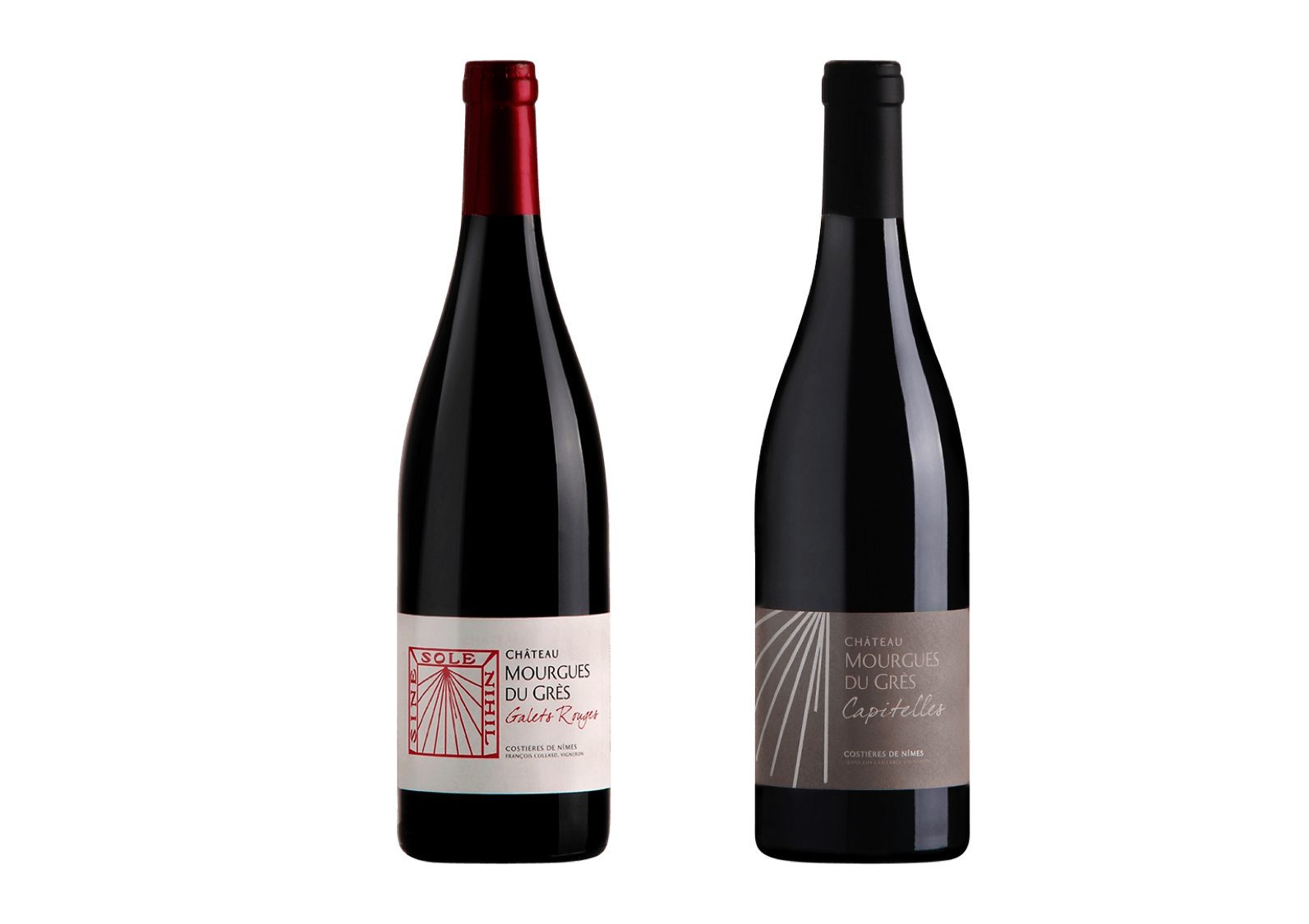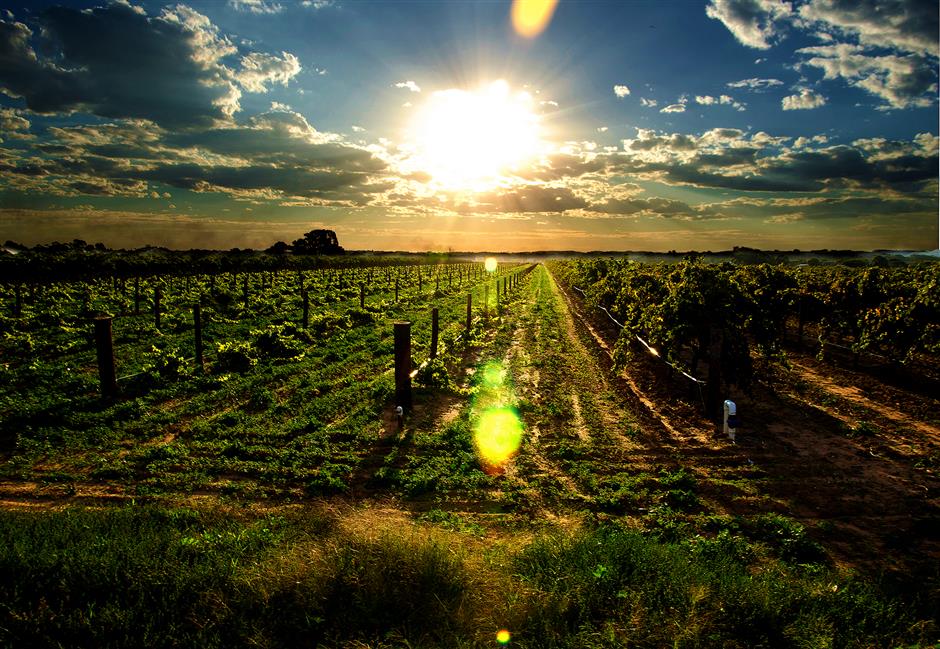Summary
I love many wines, but when it comes to hotpots my one true love is mala hotpot. And in deference to today’s iDEAL feature story topic I’ll examine the relationship between international hotpots and wines.
Specifically, those that pair well with diverse offerings such as Korean budae-jjigae, Japanese shabu-shabu, oden and tonyunabe, Thai-suki and Swiss fondue.
Flavors and textures in international hotpots range from rich, dense, savory, cheesy and meaty to clean, delicate and zesty. Fortunately, one wine variety has both the similar and contrasting qualities to successfully pair with all these hotpots.
Sauvignon Blanc
The origins of Sauvignon Blanc remain a mystery. The earliest mention of the grape is from the 17th century in southwest France, but wine scholars hypothesize the grape may have originated centuries before in the hilly footsteps of the Italian Alps. By the 20th century, the grape migrated to neighboring European countries and the New World to become one of the world’s most popular wine varieties.
Depending on the region, there exist numerous expressions of Sauvignon Blanc but one quality that all of these wines share is freshness. This helps make them food-friendly, pairing well with both heavy foods and lighter fare including our varied styles of hotpot.
The Korean budae-jjigae hotpot has a rather pedestrian lineage. During and immediately after the Korean War, destitute civilians would often scavenge or pilfer the American bases for leftover scraps. These measly morsels often comprised hotdogs, beans, spam, processed cheese and other leftovers.
The Korean mixed the American leftovers with local ingredients like kimchi to make a type of stew that was initially served over rice but later evolved into the beloved budae-jjigae hotpot of today. The modern version is a belly-filling dish that begs for a clean and digestive wine and my solution is a Chilean Sauvignon Blanc.
The best Chilean Sauvignon Blanc wines feature admirable intensity and freshness. While not as outwardly exuberant as their counterparts in New Zealand, Chilean Sauvignon Blanc wines often share some of the elegant characteristics of French Sauvignon Blanc wines while still retaining plenty of New World muscle. Most of these wines have no oak and exhibit a range of zesty lime, grapefruit, passion fruit, pineapple and apple flavors along with mineral and grassy notes and a bracingly dry finish.
Three of Japan’s most popular styles of hotpot, namely, shabu-shabu, oden and tonyunabe all share one important characteristic, subtlety. Whether it’s the thinly sliced meat and fresh vegetables of shabu-shabu, the fishcakes and eggs of oden or the meat, fish and tofu in tonyunabe, respecting the original delicate flavors of the ingredients is essential. Sauvignon Blanc from Alto Adige is perfect for this.
Top Sauvignon Blancs from Alto Adige offer a symphony of delightful aromatic and taste sensations ranging from yellow and tropical fruits to white flowers and herbs. These wines offer a stylish combination of elegant fruit, acidity and complexity that make them ideal companions to Japanese hotpots.
Despite a very Japanese sounding name, Thai-suki is a wholly different animal than Japanese hotpots. Overseas Chinese in Thailand brought the hotpot to the land of smiles and soon thereafter the meal took on the very Thai characteristics of diverse ingredients and bold flavors. When pairing wines with this hotpot the spicy nam-chim-suki dipping sauce must also be considered. A wine of a bold personality, Marlborough Sauvignon Blancs suits the bill here.
Over the past four decades Sauvignon Blanc wines from the Marlborough region on the northern tip of the South Island have exploded on the international wine scene. The bold flavors of these wines are not overwhelmed by the substantial flavors of the Thai-suki hotpot, while the generous fruitiness of the wines assuage any spiciness lingering on the palate.
Finally, we come to the cheesy Swiss fondue. Because white wine is used to make the dish, the same wine is the most logical wine to accompany the dish. In Switzerland, this would most likely mean a Fendant white wine made from the Chasselas variety. Good luck finding this in Shanghai!
Therefore, when enjoying a Swiss fondue in Shanghai, I suggest you pick a wine with similar attributes to the Fendant. An excellent choice would be a young Sauvignon Blanc from the Loire Valley.
The Loire Valley in central France has several wines that embellish Swiss fondue but two of the best are Pouilly-Fume and Sancerre.
Both of these whites feature fresh, slightly tart fruit flavors that add synergistic taste elements to the cheese flavor. So, whether you’re enjoying heavy Korean or Swiss hotpots, delicate Japanese hotpots or spicy Thai hotpots, there’s a perfect variety for you, Sauvignon Blanc!





